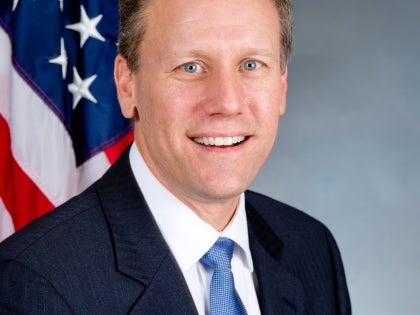
New York Needs a New Way of Budgeting
David J. Valesky
October 2, 2009
Every passing day brings a sea of news about economic conditions in the nation and state. We are getting a lot of data, some good and some bad.
While no elected official or the legislature in New York State can control the global economy, there is something we can do: plan our budgeting process so that government runs as efficiently as possible, and protect New York State, and its taxpayers, as much as possible from future financial crises.
There is no doubt, New York State has been failing in this respect for as long as anyone can remember. The Pew Center for Research on the States uses New York, along with California and Florida, as an example of what not to do, hardly a desired distinction for the illustrious Empire State.
Simply put, the budgeting process in New York is broken, and has been for decades. It is too mired in bureaucracy, too dependent on the decisions of a few people, and too influenced by politics instead of sound policy. We need to break the system down and build another; one based on performance, proactivity and best practices.
As elected officials, we need to be better stewards of taxpayer dollars. And now, in the middle of this economic crisis, is the best time to begin, to entirely change the way we view budgeting, and take a long-term strategic view instead of the band-aid approach we have been using for decades.
That is why I am urging my colleagues in the Legislature and new Lieutenant Governor Richard Ravitch, to move New York State to a performance-based budgeting model. Used by 22 other state legislatures and many cities, including Syracuse, this model uses data to analyze what works, what doesn’t, and where programs fit into our long-term goals as a state.
Similar plans have been successful in cutting waste, increasing efficiency and finding new revenue sources in several states. Virginia was able to achieve nearly $1 million in savings annually by replacing an outside food service contract at some of its corrections facilities with in-house service.
Locally, under the leadership of Mayor Matt Driscoll, the SyraStat program helped save the city of Syracuse $50 million since its inception in 2001. If Syracuse can achieve $50 million in savings, imagine the potential for the entire state.
It seems like common sense, doesn’t it? Getting all agencies and authorities on the same page, enabling the state to make decisions about where best to allocate resources and focus programs based on statewide and regional needs. But, as we all know, change, especially in the entrenched budget culture, is difficult.
However, a number of New York state agencies already use some form of strategic planning and performance-based models. I believe it is reasonable to begin a pilot program, starting with a select group of agencies and departments, with a long-term goal of including all agencies and the entire budget process within 3 years.
While there is no budgeting model that can stop a down cycle from happening, or completely inoculate us from a global recession, we as a state must take proactive steps in strengthening our government’s fiscal position. As elected officials with whom you entrust with your hard earned tax dollars, it is our responsibility.
Share this Article or Press Release
Newsroom
Go to NewsroomSen. Valesky Speaks to Canastota Students about Government
December 18, 2015

Sen. Valesky Reads to Main St. School Students
December 18, 2015

Sen. Valesky Joins Students for Core Branch Office Opening
December 18, 2015

